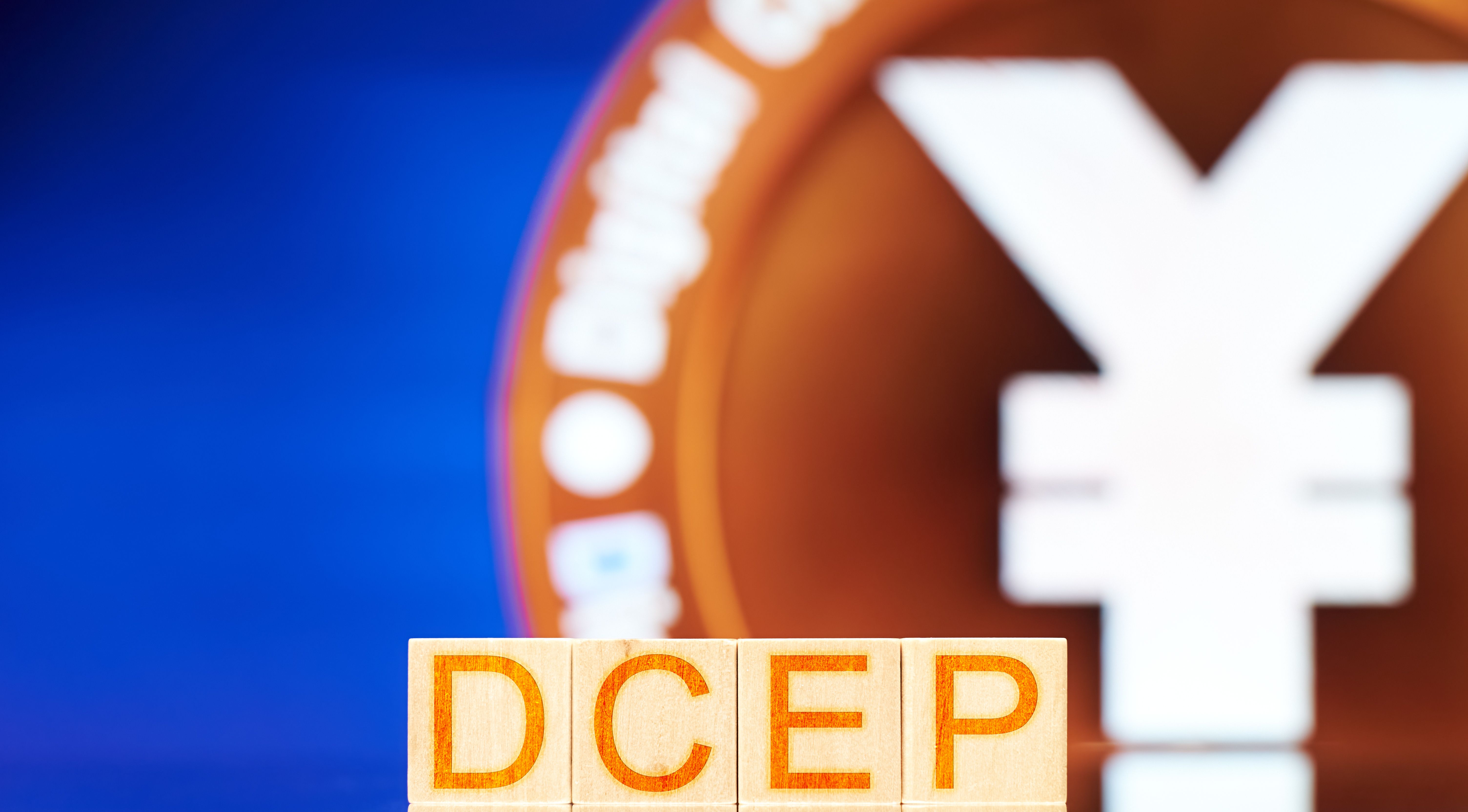A Digital Version of Traditional Money
The digital yuan (Digital Currency Electronic Payment or DCEP) currently being tested in China is an alternative to the traditional yuan, with a fixed digital code replacing paper money. This makes it different from cryptocurrencies, which are not just a means of payment, but also function as an asset and a measure of value, since their prices are set through market supply and demand and limited emission.
To be clear, the price of the yuan will not increase as it goes digital, and China’s monetary policy model will not experience any substantial changes. The problems inherent to the traditional yuan, for example, inflation, which stood at 2.5 % in 2020, will not disappear. On the contrary, new obstacles will emerge: protecting personal and company transaction data is the key risk of using digital currencies. Then why do Chinese authorities find it so important to launch the digital yuan?
The Formal Economy and Transparent Transactions
First of all, the digital yuan is a way to curtail the shadow economy, where cash is widely used. Even though it is gradually shrinking due to continuous digitalization, a significant portion of the national economy remains in a gray area. The results in some sectors are impressive: according to Moody’s Investors Service, China's shadow banking sector made up 68 % of GDP in 2018, down from 87 % in 2016.
The second objective is to establish a transparent transaction history. Clearly, this is where an ethical conflict arises: not everyone wants their payment history traced. Nevertheless, digital currency is a very convenient instrument in terms of public administration and fiscal policy. Its scope is not limited to financial operation control. The People’s Bank of China will be able to charge taxes and make tax deductions automatically, disburse subsidies and stimulus payments directly to recipients, etc.
Moreover, the digital yuan would cut paper money emission costs, which makes up a substantial portion of China's spending: the People’s Bank of China issued 8.98 trillion yuan in 2020 alone. This would reduce banks’ operating expenses (they will not have to install new ATMs or pay for cash-in-transit and other services) and theoretically enable them to cut bank fees for customers.

Infrastructure, Legislation, and Bank Support
Three DCEP test phases have already been completed in Shenzhen, Suzhou, and Beijing, China, which have demonstrated that the country is ready for digital yuan roll-out.
First of all, a two-tier digital yuan emission and distribution model has been built. The People's Bank of China, the regulator, would issue DCEP and distribute the currency to state and systemically important banks that would then distribute the digital currency among the end users.
Second, the people are ready for it. 80–85 % of China’s population makes cashless payments, the average number of mobile phones per person is 1.3, and internet penetration stands at about 90 %, with almost 1 billion users. Yet, in contrast to WeChat or Alipay, internet is not a prerequisite for making digital yuan payments: the model will allow for payments in villages without mobile service coverage.
Third, the necessary legislation and institutional support coming from both the big three telecom companies (China Mobile, China Telecom, and China Unicom) and technical partners are in place: during testing, Huawei was responsible for infrastructure, while Alipay and WeChat worked on developing the payment application. Internet giants that are directly engaged with users are already on-board. The largest food delivery service Meituan, a leading ride-hailing service Didi, and the video platform Bilibili have participated in the experiment.
The full-scale launch of DCEP is set to coincide with the Winter Olympic Games in Beijing 2022, and all prerequisites for that have already been met. The only pending issue has to do with international fans getting access to the national currency: China’s financial system remains closed, so wallets with a limited digital yuan balance are likely to be linked to local telecom operator SIM cards.

Regional Leadership and Digital Deals
China's project has a more far-reaching goal of changing international settlements and positioning the yuan as an effective competitor to the dollar. The yuan currently accounts for no more than 2 % of foreign trade, while the share of Sino-Russian trade denominated in the yuan has reached 17 %. Further growth is limited by the specifics of the local financial system. The key problem here is that the yuan is not a freely convertible currency. In other words, the yuan's exchange rate does not depend on supply and demand, but rather is controlled by the People's Bank of China monetary policy and the domestic political climate, which can change at any time, posing a risk for global firms.
At the same time, international projects like the Belt and Road Initiative promote the use of the yuan in trade and investment between companies in South-East Asia and Eurasia. With the region’s countries facing US sanctions and stepping up their business cooperation with China, the dollar is expected to start losing ground in the medium term, that is within 5–10 years.
Regional standards for using central bank digital currencies (CBDC) are likely to be developed by that time. The stage has been set: cash use has declined due to the pandemic, and the time is ripe to experiment and introduce new forms of money. According to the Bank for International Settlements, over 80 % of the world's central banks have at least to some extent been involved in developing national CBDC in 2020. The Russian pilot project is scheduled to begin as early as at the end of 2021, while the Eurasian Economic Union is discussing its own digital supranational currency project.
At the same time, China will continue to be the leader setting the trend for digitalization — a process that will benefit all of Eurasia: on the one hand, it will boost financial system efficiency, on the other hand, it will give an alternative to SWIFT for international bank transfers, which is crucial for economic security in the face of sanction conflicts.
